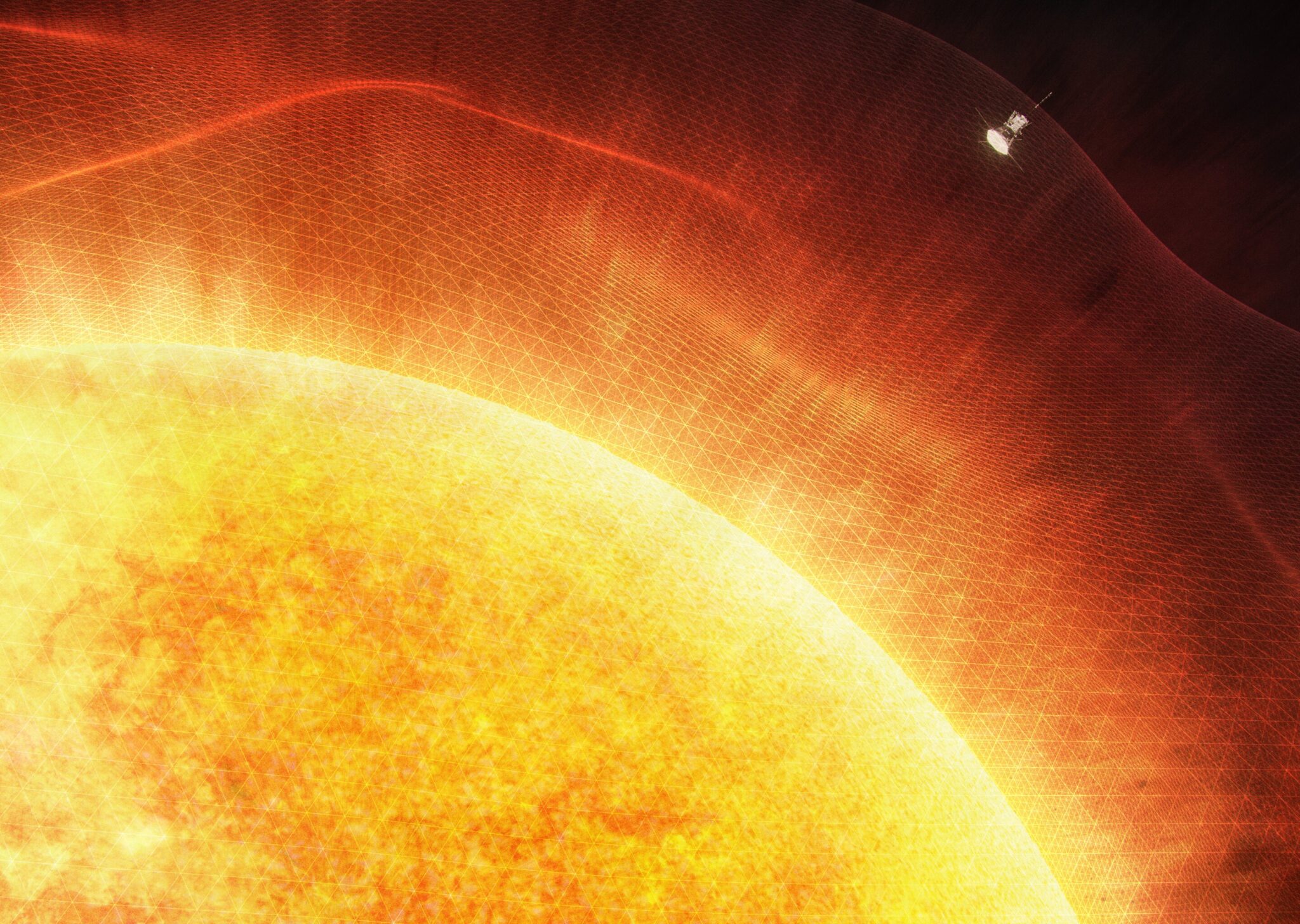NASA’s Parker Space Probe (PSP) has completed its 16th orbit around the Sun. The maneuver took place on June 27, 2023. The close approach to the Sun, known as perihelion, began on June 22, 2023, when the spacecraft approached the solar surface at a distance of 8.2 million kilometers, moving at a speed of 586,782 km/h. The spacecraft came out of the solar flyby unharmed and continued to operate normally.
On August 21, 2023, Parker Solar Probe will fly past Venus. This will be the sixth flight past the hot planet. To prepare for a smooth flight, the mission team from the Johns Hopkins Applied Physics Laboratory (APL) used a small trajectory correction maneuver on June 7, 2023, which was the first course correction since March 2022.

This flyby will be the sixth of seven planned flybys of Venus during the main Parker mission. Parker uses the gravity of Venus to tighten its orbit around the Sun and set a future perihelion at a distance of only 7 million kilometers from the surface of the Sun. As the Sun becomes more and more active, this perihelion will be especially important for the study of heliophysics.
Dangerous approaches of the PSP to the Sun
Every approach to the Sun is very risky for the spacecraft. During the 11th perihelion, the PSP was struck by a large solar prominence. The flare hit the spacecraft with charged particles. Such a blow would easily damage an unprotected spacecraft and disable its electronics. Fortunately, Parker is designed specifically for such turbulence. Its sensors are securely protected and have been engaged in data collection all the time.
In 2021, Parker received a hole in the heat shield when it reached a record speed of 644 thousand km/h. But, according to engineers, these strikes on the body do not yet threaten to disrupt the mission and disable the Parker probe.
According to phys.org
Follow us on Twitter to get the most interesting space news in time
https://twitter.com/ust_magazine
